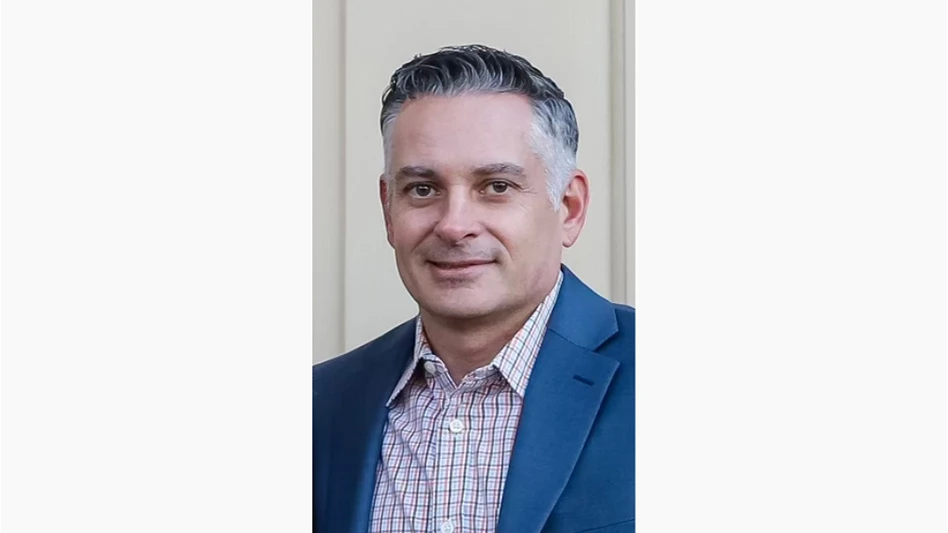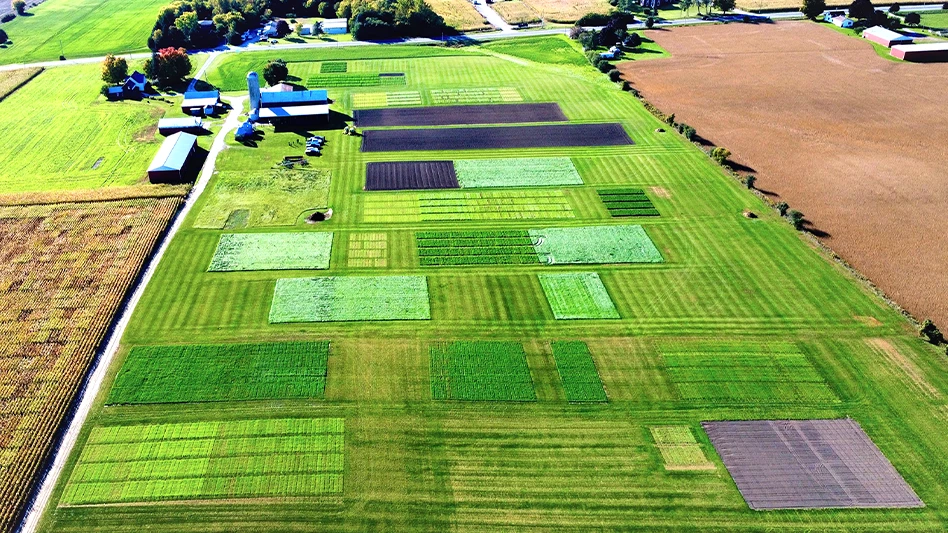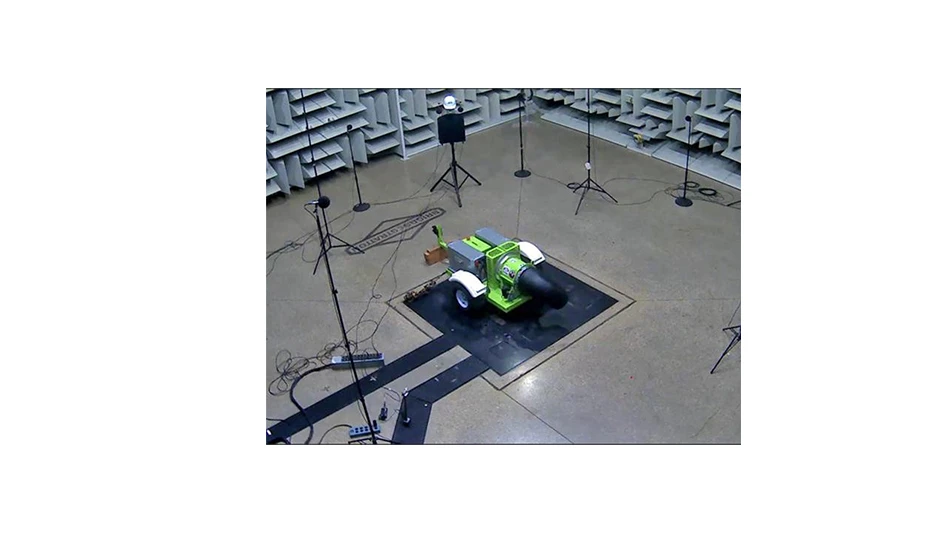
Fabrizio Bertoli had a major problem with his lake edges. The director of golf at Lignano Golf Club in Italy was concerned about both water erosion and the collapse of the piles line set in front of the greens.
“Every year water wore away about 20-30 centimeters of the lake’s edge and there was no way to stem this action,” Bertoli says. “The ground is mainly composed of sand and every wave, every up and down movement of water, meant a bit less of edge.”
The piles were set 25 years ago, according to Bertoli, and most of them leaned toward the lake, making the areas dangerous for both the ground’s crew mowing and players.

Bertoli considered multiple options to address your problem, but none won him over. “I could have used stones, but Lignano is a golf course near a long sandy beach and stones don’t suit well,” he says. “Furthermore, I would have lost too many meters of rough to shape the slope. The inclination [requirement] was for each meter in height, three meters in width. Replacing the piles would have meant lots of money and covering all the areas which needed to be fixed would have been out of our possibilities.”
Right before he was about to approve a proposal to rebuild all the edges with stones, Bertoli was flipping through an industry publication and saw an advertisement for AquaEdge. AquaEdge is a buffer where water meets grass … a retaining wall comprised of horizontal layers of sand-filled synthetic grass.
“There was just a photo and a construction sketch. It looked simple, easy and it appeared really well-defined and natural,” he says. “I immediately sent an email to Richard Allen, EcoBunker CEO, asking for more details and he contacted me forthwith. He clarified to me some doubts and we spoke about possible costs and we set up an appointment [on location].”

Two weeks later, Bertoli and the company performed a walk through, referring to the results as “love at first sight.” He tested the product by replacing a 50-meter-long wood pole line in front of the 10th green. Having done that, Bertoli was sure AquaEdge was the right solution.
With so many options, what made Bertoli choose AquaEdge? “Lots of reasons,” he says. “The innovative idea, how it looks, easy construction, the absence of heavy vehicles on the course, the speedy length of working process, and at least – but not less important – more cost effective.”
Allen, a civil engineering designer for nearly 30 years, says his company’s focus is designing and getting the right solution for each site.

“The best designs always address all constraints and opportunities to deliver the most efficient and aesthetic solutions,” Allen says. “All sites are different. At Lignano, the site review revealed that most significant design factors were the weak underlying soils, the steeply sloping lake margins (in some areas), the desire for ‘sharp’ aesthetics, plus, of course, construction budget. I responded by designing a stone filled gabion foundation under the permanent water line, and then built the AquaEdge along all visible elements of the lake edging. This meant that we could focus most of the construction budget on the aesthetics, delivering a great look, while less expensive, but robust foundation works support the AquaEdge walls.”
The Lignano project was split in two solutions based on the depth of the standard level of water near the edge, according to Bertoli. In addition, the EcoBunker team also dug a small trench and laid 200-linear meters of the synthetic wall in the shallow zones.
“It’s been absolutely more simple to do than to explain,” Bertoli says. “We started working the first week of January and we finished 355 meters on the second of February.”
A few months in, and Bertoli and his members are “fully satisfied” with the solution. He oversaw each step of the construction process and says there were no surprises along the way. “I really recommend this solution for a lot of reasons,” Bertoli says. “The working process is very easy and it doesn’t require destroying the course as many of other solutions [do].”

Explore the May 2018 Issue
Check out more from this issue and find your next story to read.
Latest from Golf Course Industry
- GCSAA announces Grassroots Ambassador Leadership Award recipients
- Reel Turf Techs: David Gummo
- PBI-Gordon promotes two to executive level
- VIDEO: A First Green morning
- Bloom Golf Partners adds HR expert
- Seeking sustainability in Vietnam
- Kerns featured in Envu root diseases webinar
- Toro continues support of National Mayor’s Challenge for Water Conservation






